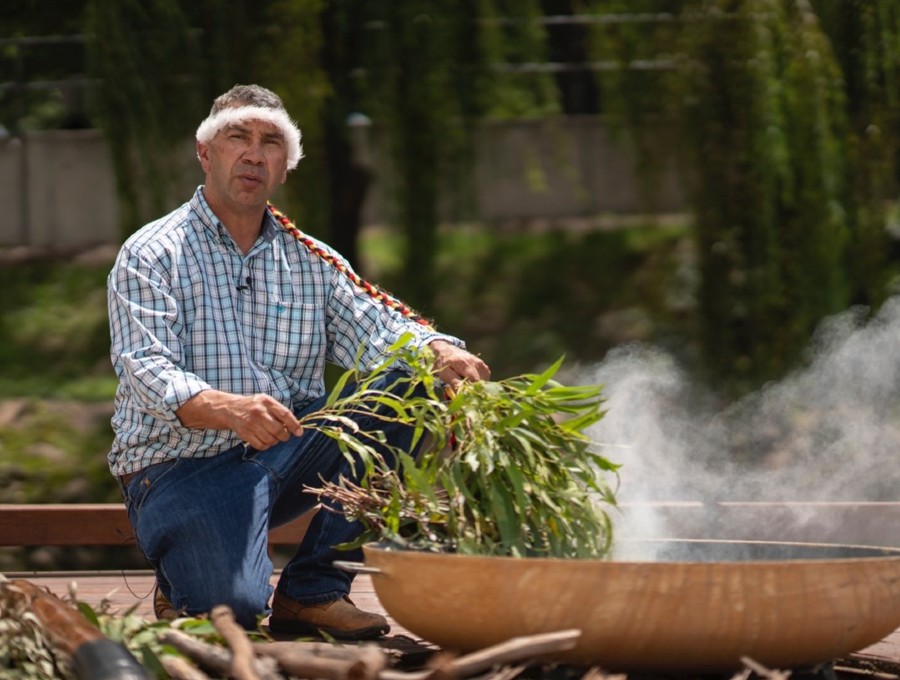Since 2013, the Coota Girls Aboriginal Corporation has worked to capture and elevate the untold stories of the survivors of the Cootamundra Domestic Training Home for Aboriginal Girls (1912-1969), facilitate Survivor networks for mutual support and to reclaim the site of the former home as a safe space to tell stories and progress healing through sharing.
‘Though it was such a dark place, there are a lot of funny stories that they were able to find humour in – for them to be able to find that laughter when they would sit around and yarn, I just found inspiring, that they’re so strong and resilient.’ says Meagan Gerrard, Project and Communications Manager at Coota Girls Corporation, and granddaughter of former resident Aunty Lorraine Peeters.
From 1912 to 1969 hundreds of young Aboriginal girls were forcibly removed from their families and sent to the Cootamundra Domestic Training Home for Aboriginal Girls. When they turned 14, they were sent for domestic work that was often unpaid. They were disconnected from culture, identity, family, community, place and language. Many suffered serious maltreatment.
Reconnection
The creation of a safe space to share stories was understood as critical to the healing process, both for the Survivors themselves and for their families. Many Survivors felt silenced and stigma around their identity because that’s what the Cootamundra Domestic Training Home for Aboriginal Girls taught them to feel. Some descendants didn’t find out that a family member had been a resident until after their death.
‘I guess it just shows that we don’t talk about it, we don’t highlight it enough to remove stigma to talk about what this means and what it’s meant to our families’, says Alicia Bairle, The Coota Girls Aboriginal Corporation CEO.
‘I’d like to see that stigma removed because it’s not something we did to ourselves… it was something done to our families, and it’s not something to be shameful of.’
The informal support Survivors have given each other over the years has been formalised through the corporation. It has now extended this support to Survivors and descendants across the country, offering a healing space through reconnection.
‘That was a big driver too, coming together, they had that sisterhood… their history, their story. They found comfort with each other and healing when they came together’, adds Meagan.
Alicia also says, ‘that a big part of the role of the corporation is ensuring that the stories are out there, the information’s out there and not forgotten, and it’s not excused.’
Holding space
The corporation is advancing the way it listens to, holds, honours and passes stories to descendants through technology, while maintaining respect for the different experiences of the Survivors. With funding from the Department of Education and NSW Library, Meagan and Alicia have trained to record oral histories. They hope to train other descendants to do this too.
Alicia says this enables ‘our Aunts and Uncles to talk about their story, in a way in which suits them, and with safe people that they know quite well.’
This internal communication is a vital step before stories can be shared publicly. ‘It’s not as simple as Survivors or descendants sharing the truth with external communities or broader Australia’, explains Alex McWhirter, Coota Girls Aboriginal Corporation Project Officer.
‘It’s actually in between and within the community as well because a lot of people didn’t have the chance to hear those stories from their ancestors or their family members. And so making sure that those stories are shared in a sensitive way with people who are really connected to that story, is really important as well.’
Reconnection and reclamation
Through this process, descendants have learned the stories of Survivors and had the chance to heal with their family. Or if they’d prefer to not share this with their family, that’s okay too – they can be alone with the recorder. Some find it easier to tell a camera what happened.
The digital stories of Survivors are safely stored and archived. This safekeeping avoids the need to re-traumatise Survivors as they do not have to retell and relive their experiences again and again. Once the recordings are stored, it is up to Survivors how much they want shared with others and when.
The corporation has also produced a short film, Walking Our Songlines, documenting the stories of Survivors and their descendants.
One of the objectives of institutions like the Cootamundra Domestic Training Home for Aboriginal Girls was to anonymise and homogenise its residents. In response, the corporation has sought to reclaim the rich and varied identities of former residents.
It conducts meticulous work to identify the different language groups the residents come from and supports reconnection with culture and languages among Survivors and descendants so this legacy can be reclaimed. They are also running a youth programme to build connection with young descendants in order to help them understand the experience of their Elders and how they might respond to it.
A new home
After a one-off grant awarded in 2021 from the NSW Government, the corporation is overhauling the former home site with strong support from Survivors and the local community.
Importantly, the site was heritage listed in 2012. In 2022, 200 volunteers started turning the severely deteriorated site into a healing and education space, including planting a memorial garden and making a yarning circle.
The wider Cootamundra community, including schoolchildren, helped with the work. In the process, they learned the truth of the place they had heard about but didn’t know the full history.
Part of the site improvements included restoration of the weather shed where, Alicia says, ‘The girls used to tap dance and have precious moments of happiness together.’
A reunion held on the site was both an acknowledgement of the past and an intensely healing process with the creation of new happy memories. ‘[The] ceremonial dance was such a big piece for Survivors,’ Alicia adds.
‘It was punishable to practise any form of culture on that site for them. So to have children running free, playing, laughing and then practising culture on the country with them able to sit there and witness that, that was really powerful.’ ‘There was a lot of sharing, a lot of storytelling, a lot of reflection’, Meagan explains.
‘For us it was about taking back that control… It was just such a beautiful experience and one that won’t be forgotten.’
This account of truth-telling in action is based on a case study from the Recognising community truth-telling: An exploration of local truth-telling in Australia report. The collaborative study between Reconciliation Australia and Deakin University’s Alfred Deakin Institute for Citizenship and Globalisation documents 25 community truth-telling projects. Read the full report.



